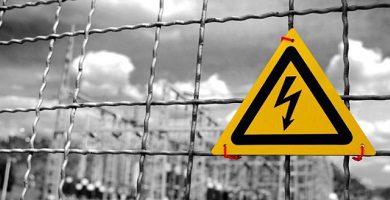Definition Of Evaporation And Condensation With Reverse Sublimation
We explain what condensation is and under what conditions it occurs. Also, what is the definition of evaporation and condensation and reverse sublimation.
-
What is condensation?
Condensation is a type of phase change or state of aggregation of matter. Specifically, it occurs when a gas becomes a liquid after losing heat energy , being at pressures close to ambient. It generally occurs when the gas is a vapor.
This process is the opposite side of evaporation or vaporization. It should not be confused with liquefaction, which is the transformation of a gas into a liquid by significantly increasing the pressure at which it is found.
Condensation occurs when a gas cools (loses heat) to its dew point, which can vary depending on the pressure at which it is found. The surface on which the gas condenses must have a surface temperature below the saturation temperature of the gas (that is, the temperature at which it changes from liquid to gaseous phase).
Thus, the gas releases the retained heat and is deposited in small drops on the surface. This is the reason why we feel much more heat in a humid environment: the small drops of water that are deposited on our skin release the retained heat on it, thus being able to recover its liquid form.
Condensation can be artificially reproduced with the help of an apparatus called a condenser . In fact, condensation is part of the mixture separation mechanism known as distillation .
Even so, the best example of this phenomenon occurs in nature and is the dew itself that we find on plants, walls and glass exposed to the night cold, in environments rich in humidity , or on the surface of the bathroom mirror after giving us a hot shower.
-
Evaporation
The process contrary to condensation is evaporation or vaporization, in which heat energy is introduced into a body of matter in a liquid state, until it reaches its boiling point , from which the liquid begins to become vapor .
This point varies depending on the nature of the liquid, being that of water at 100 ° C, and also being influenced by the pressure conditions that this physical phenomenon is occurring.
-
Reverse sublimation

The sublimation and reverse sublimation are processes similar to the evaporation and condensation, respectively, except that the phase change of gaseous matter does not occur with the liquid but with the solid directly.
That is to say that in sublimation, instead of converting a solid to a liquid and then to a gas, a solid is transformed directly into gas. In reverse sublimation, a solid is obtained directly from a gas , usually in the form of crystals. For this process to occur, very specific atmospheric pressure conditions are required.





